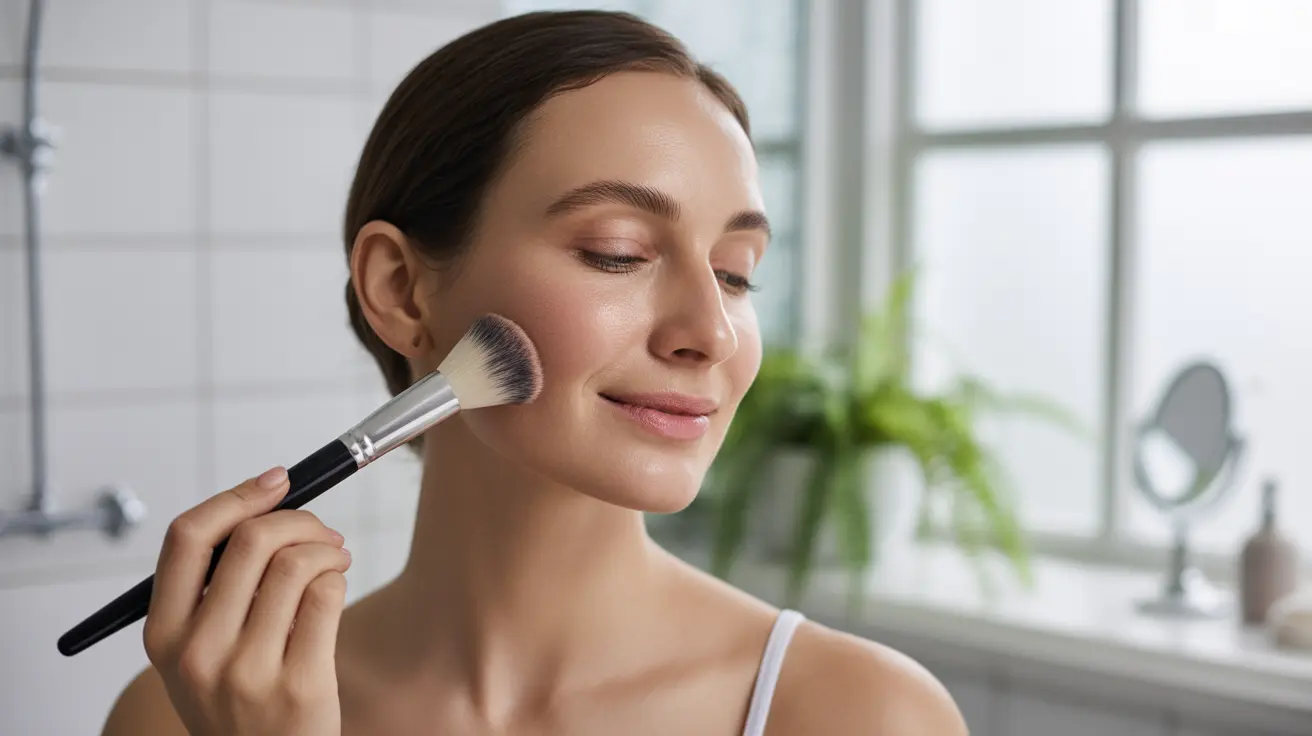Facial dry brushing, an ancient skincare practice gaining modern popularity, offers a natural approach to promoting healthy, glowing skin. This gentle exfoliation technique uses a specialized brush to stimulate circulation and remove dead skin cells, potentially offering multiple benefits for your complexion. Understanding the proper technique and safety considerations is crucial for incorporating this practice into your skincare routine effectively.
In this comprehensive guide, we'll explore the science behind facial dry brushing, its potential benefits, proper techniques, and important safety considerations to help you determine if this practice is right for your skincare needs.
Understanding Facial Dry Brushing
Facial dry brushing involves using a soft-bristled brush specifically designed for facial use to gently massage and exfoliate the skin. Unlike body dry brushing, which typically uses firmer bristles, facial dry brushing requires a much gentler approach due to the delicate nature of facial skin.
The Science Behind the Benefits
When performed correctly, facial dry brushing may offer several potential benefits through its mechanical action on the skin and underlying tissues:
- Increased blood circulation to facial tissues
- Gentle physical exfoliation of dead skin cells
- Lymphatic drainage stimulation
- Enhanced product absorption
- Temporary improvement in skin texture
Proper Technique for Facial Dry Brushing
Following the correct technique is essential for maximizing benefits while minimizing the risk of irritation:
Preparation Steps
- Clean your face thoroughly
- Ensure your brush is clean and dry
- Use gentle, upward strokes
- Start with light pressure
Basic Brushing Pattern
- Begin at the neck, moving upward
- Work from the center of the face outward
- Pay special attention to areas of congestion
- Avoid the delicate eye area
Choosing the Right Tools
Selecting appropriate tools is crucial for safe and effective facial dry brushing:
- Natural, soft bristles
- Small brush head for precise movements
- Clean, well-maintained brush
- Proper storage to prevent bacterial growth
Best Practices and Frequency
To achieve optimal results while maintaining skin health:
- Start with once-weekly sessions
- Gradually increase frequency as tolerance builds
- Always follow with appropriate skincare products
- Monitor your skin's response and adjust accordingly
Frequently Asked Questions
What are the benefits of dry brushing the face for skin health and appearance?
Facial dry brushing can help improve circulation, remove dead skin cells, promote lymphatic drainage, and enhance skin texture. Regular practice may lead to a brighter complexion and better product absorption in your skincare routine.
How do I safely dry brush my face without causing irritation or damage?
Use a soft-bristled brush specifically designed for facial use, apply gentle pressure, and always brush in upward strokes. Start with clean skin and maintain proper brush hygiene. If irritation occurs, reduce frequency or pressure.
Can dry brushing help reduce facial puffiness or wrinkles?
While dry brushing may temporarily reduce puffiness through lymphatic drainage stimulation, it's not a permanent solution for wrinkles. However, the increased circulation and gentle massage action might contribute to a more vibrant appearance.
Is dry brushing the face safe for sensitive skin or conditions like eczema and rosacea?
People with sensitive skin, eczema, or rosacea should consult a dermatologist before trying facial dry brushing. These conditions may be aggravated by the mechanical exfoliation process, making it unsuitable for some individuals.
How often should I dry brush my face to get the best results without harming my skin?
Begin with once-weekly sessions and gradually increase to 2-3 times per week as your skin adjusts. Pay attention to your skin's response and decrease frequency if you experience any irritation or sensitivity.
Remember that facial dry brushing should be part of a balanced skincare routine, not a replacement for other essential care practices. Listen to your skin's needs and adjust your approach accordingly for the best results.




